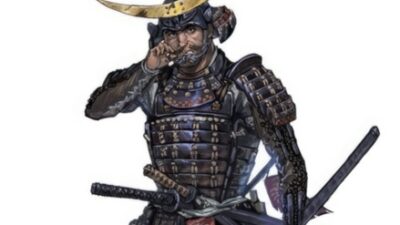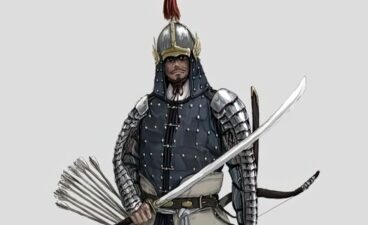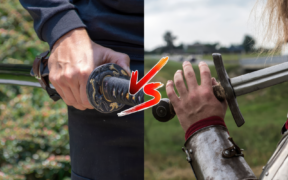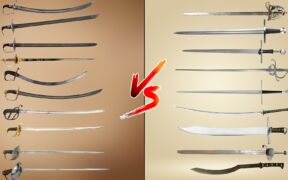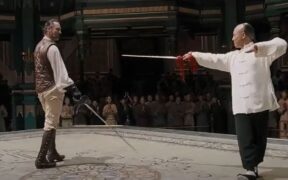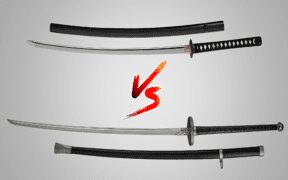Our content features commercial links to our products, committed to transparent, unbiased, and informed editorial recommendations. Learn More
Japanese Sword vs Chinese Sword: Design, History, Combat
NO AI USED This Article has been written and edited by our team with no help of the AI
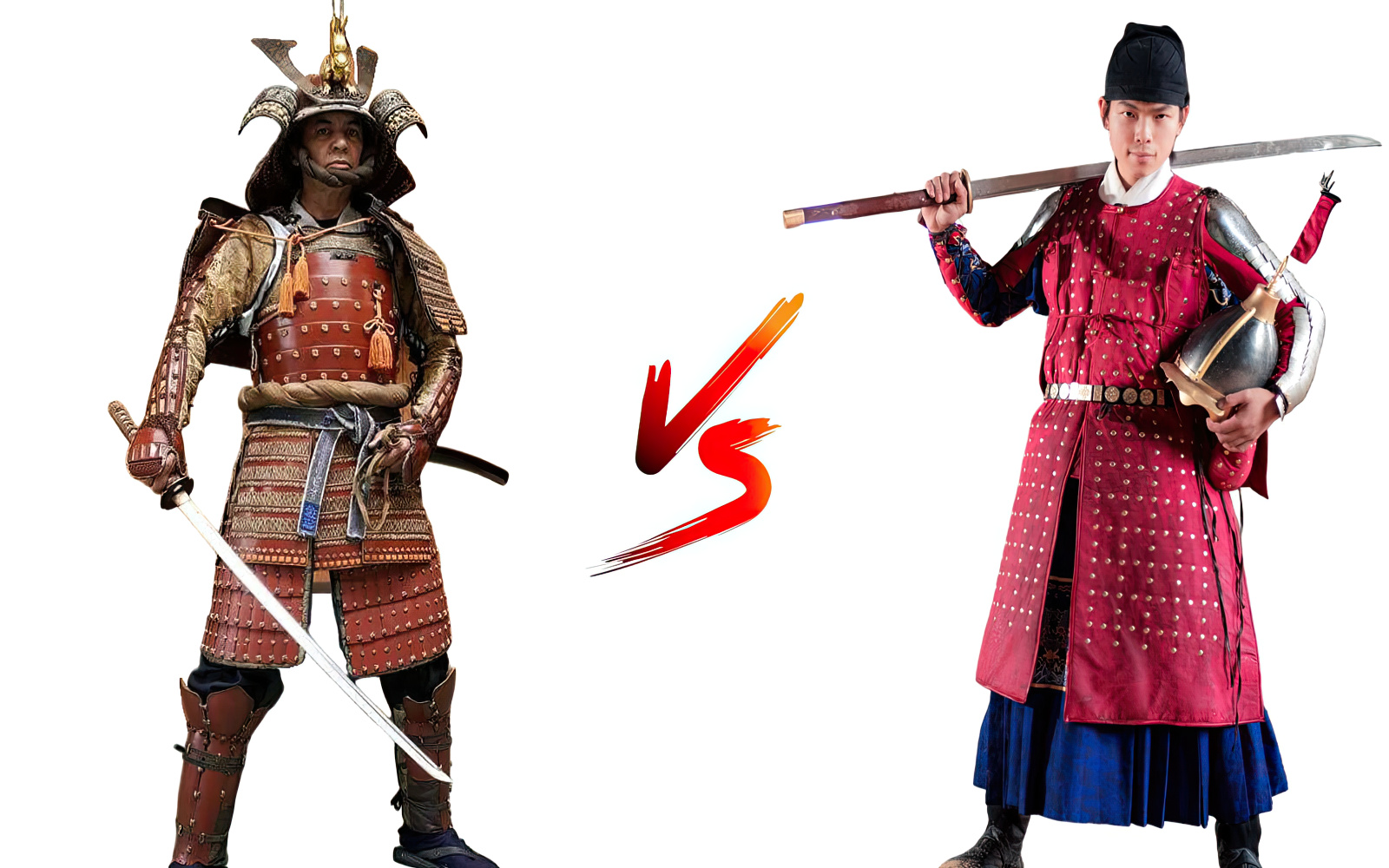
Japanese and Chinese swords are well-known and loved for their intricate designs and effectiveness in battle. They are important historical swords that have influenced each other over time and have also clashed in battle.
This article will cover the main differences between the two. We will look at their designs, their development, and their history. We will also explore the different kinds of combat techniques.
Characteristics and Design Differences
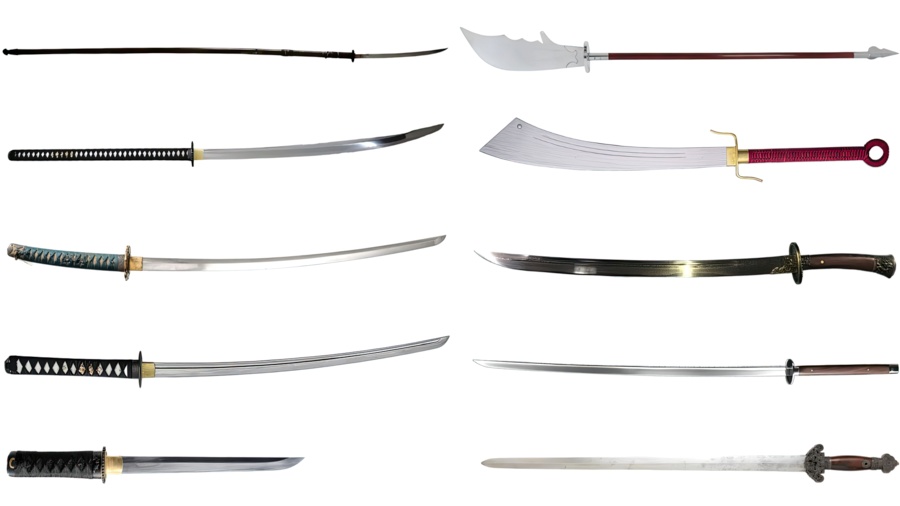
The features and designs of Japanese and Chinese swords have changed over time. Initially, Japanese swords were influenced by Chinese swords, like the jian and dao sabers. Later, Japanese swords inspired Chinese sword designs.
Blade
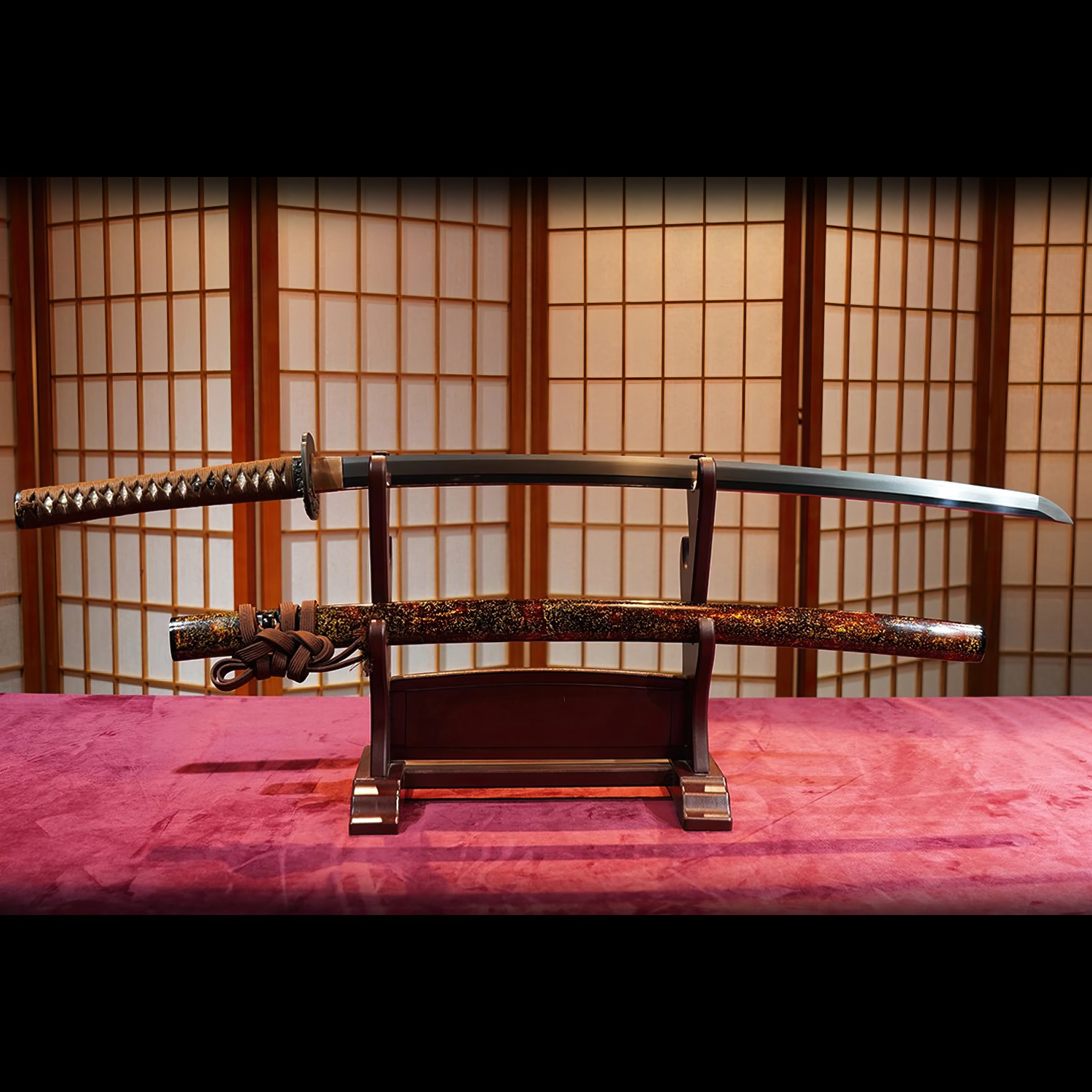
Japanese and Chinese swords meant for battle are crafted from high-carbon steel with a full-tang blade, making them strong and durable. Japanese swords are traditionally created from tamahagane steel, a metal made from iron sand.
Chinese and Japanese blades undergo a unique process, making them hard yet flexible. This includes differential hardening and sometimes folding the metal to create layers visible to the blade, known in Japanese as jigane or shaungxue in Chinese.
Japanese swords often have a unique pattern called a hamon, created with a special technique that uses clay for differential hardening. Chinese jian swords may have up to eight sides, making them excellent for thrusting and cutting.










Both swords may be made using san–mei, where the softer core is wrapped with harder or multiple kinds of steel. This makes the blade strong for cutting yet flexible and durable for blocking and striking.
Both have special collars, habaki in Japanese and tunkou in Chinese. These collars secure the blade tightly in its scabbard and keep the hilt fittings in place.
Until the Kamakura Period (11th century), Japanese swords were straight. After that, they developed a curve known as sori. In China, straight double-edged swords are called jian, and single-edged swords, which may be straight or curved, are known as dao.
Hilt
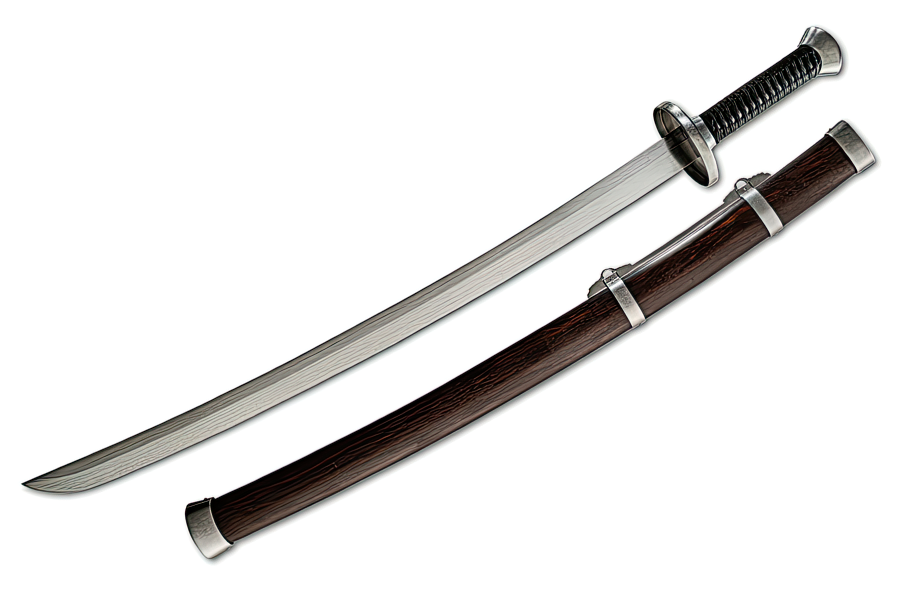

Japanese swords are usually designed for two hands or a one-handed grip known as tsuka. The grip is secured by a bamboo peg called mekugi. They feature a rounded guard called a tsuba, which provides some protection and can be decorated beautifully.
Their handles are wrapped with ray skin called samegawa and wrapped with cotton, leather, or silk cord in a style called tsuka–maki. The wrap ends in a small tied knob called with kashira.
Chinese swords mainly have one-handed grips, though larger ones might have two-handed grips. The jian’s handle, known as jianba, is straight and secured by a hushou guard, often shaped like a crescent moon, narrowing towards the blade or a downward swept guard with small extensions.
The dao saber handle is typically curved, cord-wrapped, and narrow in the opposite direction of the blade. It usually has a shallow dao hushou cup guard or basket-disc guard that provides protection and a locking mechanism to the scabbard.
Chinese swords initially had ring pommels, which evolved into rounded ones mounted underneath the handle. They also have a traditional tassel or lanyard, which can be tied around the user’s wrist for additional security.












Scabbard
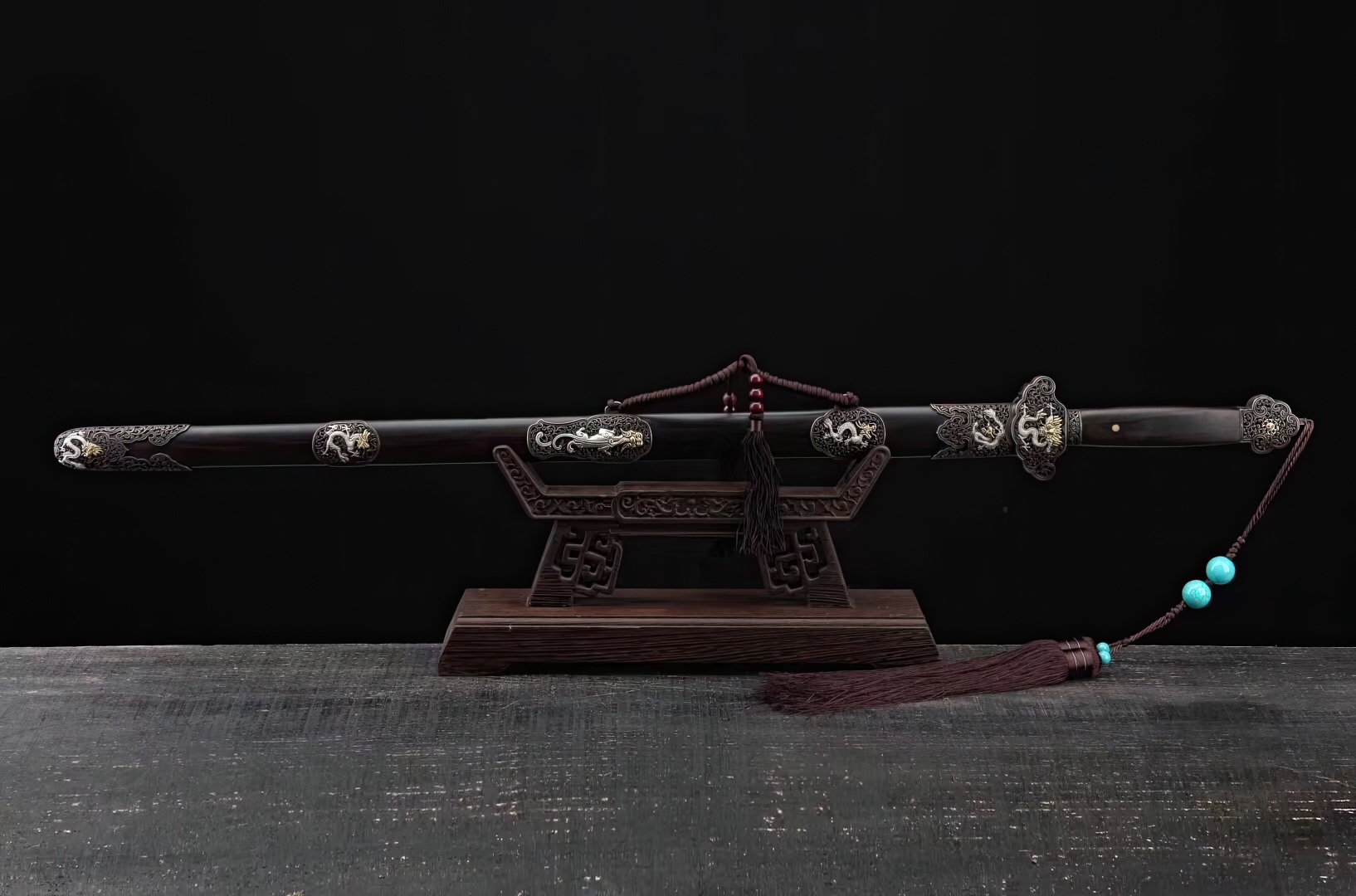

Before the katana, Japanese swords were traditionally hung from a belt using straps called ashi. With the introduction of the katana, or uchigatana carrying style, the sword was worn with its blade pointing upwards, tucked into the obi belt.
Chinese dao scabbards, or daoqiao, feature suspension bands called dao shu liang, allowing the sword to be attached to both sides of the belt, an ideal setup for calvary, with the blade facing downwards.
The Japanese sword had a cord called sageo, which was used to secure the sword to the user. Its scabbard is often lacquered and finished with a small metal cap called kojiri.
Chinese swords have a larger cap called dao qiao di shu, and a mouthpiece named daoqio kougu, which helps lock the sword into the disc-shaped handguard more securely.
Size and Weight
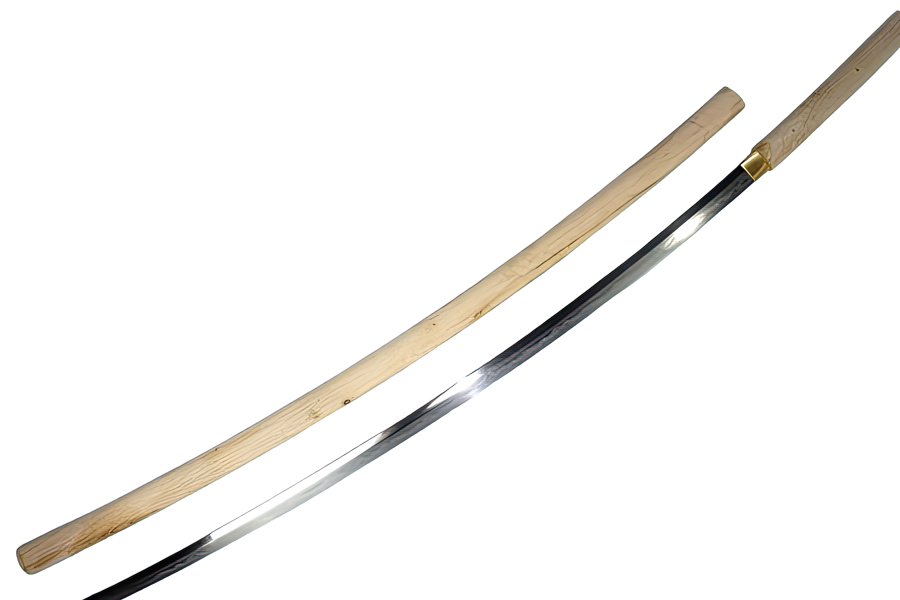

The size and weight of Japanese and Chinese swords can be similar, though exceptions exist. For example, Chinese swords like the miao dao are larger than Japanese swords such as the tachi or katana. The largest Chinese sword is the changdao, and the largest Japanese sword is the nodachi.
Many Chinese swords were smaller and lighter, designed for one-handed use either in cavalry or on foot, especially when firearms were first used in warfare.
In general, the size of Japanese and Chinese steel swords ranges from 20 to 43 inches (50 to 110 cm) and weigh between 1.8 to 2.6 lbs (0.8 to 1.2 kg).
Historical Significance and Impact
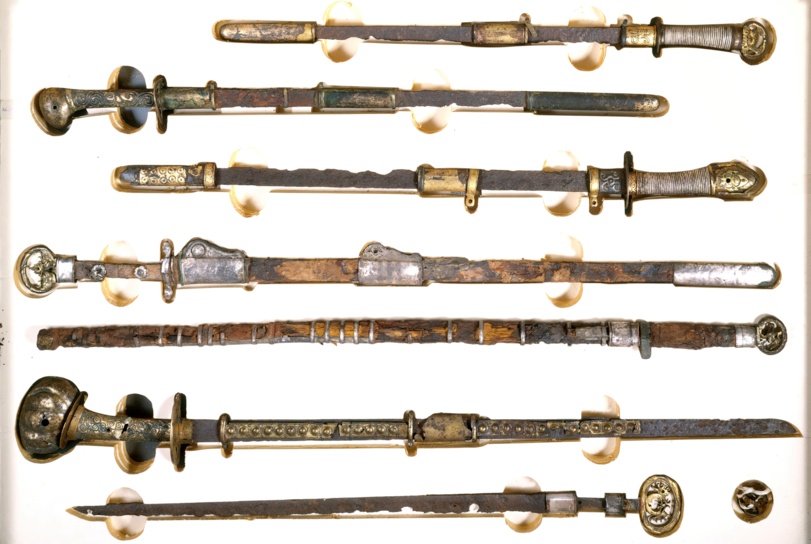

East Asian swords first appeared in China during the Xia Dynasty (around 2100-1600 BCE) as large daggers initially used in ceremonies. By the Shang Dynasty (about 1600-1046 BCE), bronze swords were being made for prestige and war.
Iron was used in the Zhou Dynasty (11th-3rd century BCE), developing the double-edged jian with broader blades for strength.
These early Chinese swords inspired Japan’s ancient swords, known as jokoto, which dated back as early as the 9th BCE and were Chinese in style, reflecting China’s influence.
The popular Chinese jian then influenced Japan’s version, the tsurugi. During the Han Dynasty (206 BCE – 220 CE), China introduced the single-edged dao blade, leading to the Japanese creating a similar sword, the chokuto.
Post Tang Dynasty (10th Century CE)
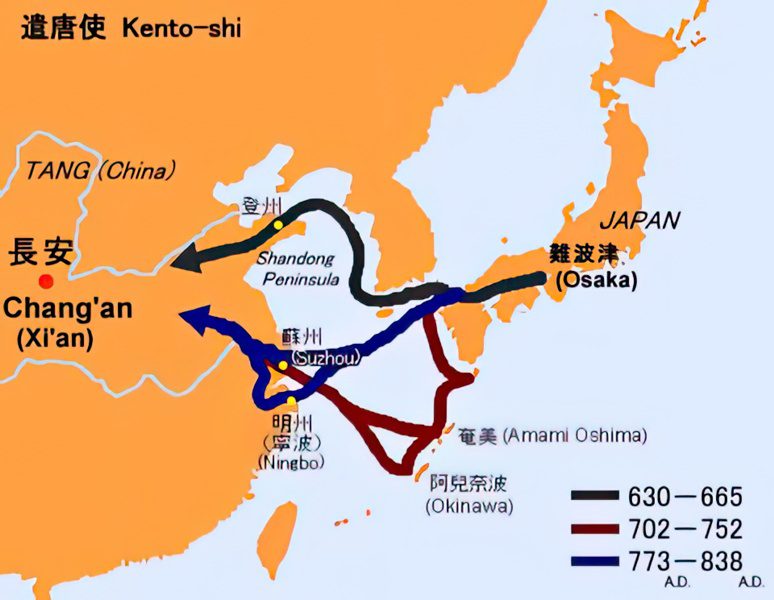

The single-edged dao swords gained popularity in China after the Sui Dynasty, especially during the Tang Dynasty (7th-10th century CE), influenced by increased cavalry use, the need for mass weapon production, and saber designs from the northwestern steppe peoples.
The Tang Dynasty drastically influenced Japan, bringing cultural and sword-crafting techniques. After the Tang’s fall, Japan developed unique sword styles known as koto or old swords.
The dao swords’ curve intensified during the Song and Mongol Yuan Dynasties (11th-14th century CE), leading to the well-known curved Chinese dao sabers.
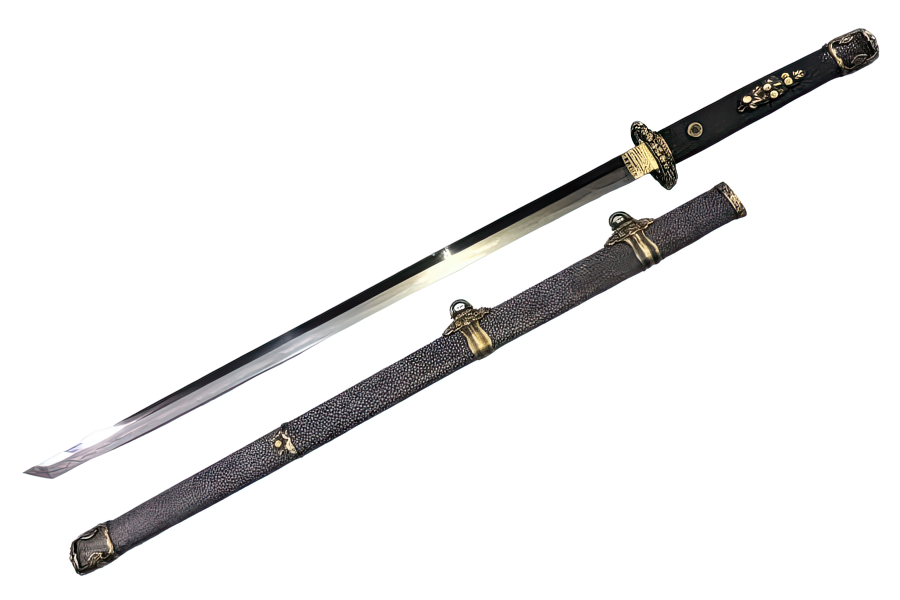

During Japan’s late Heian period (8th-12th century CE), swords became more curved, leading to the tachi. The need for close combat swords after the 13th-century Mongol invasions inspired the katana during the Muromachi Period (14th-16th century CE).
In the Ming Dynasty, influenced by over 125,000 imported Japanese swords, China developed the wodao, a two-handed sword inspired by Japanese designs.
Edo and Post-Edo Period (17th Century CE)
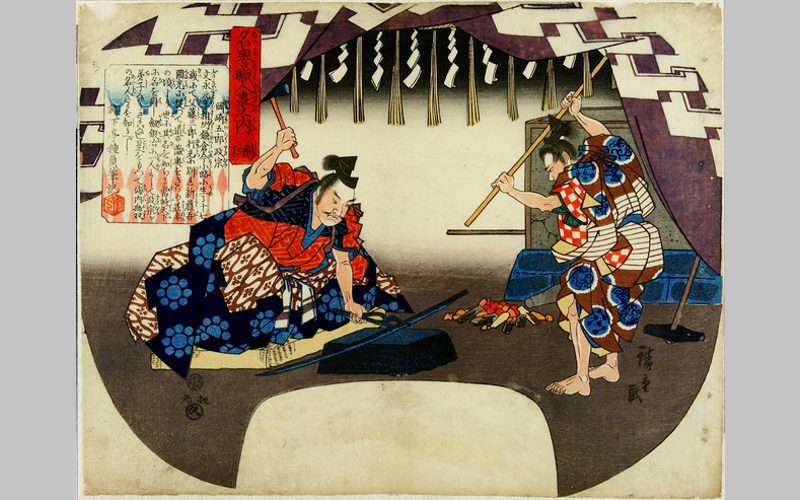

During Japan’s Edo Period (17th-19th century CE), the katana became the main sword due to peace lasting 250 years, making it a symbol of Japanese culture and tradition,
This grew and made the katana into a cultural, traditional, and national symbol of Japan, still holding this position today, often hyperbolized and romanticized.
During the Qing Dynasty (17th-20th century), with over 25 conflicts, various designs emerged without a single iconic type like the katana. Popular models included the dadao, niuweidao, and liuyedao, which are effective against unarmored opponents.
Swords in Chinese warfare were overshadowed by firearms and artillery, leading to fewer surviving antique Chinese swords compared to Japanese ones despite mass production.
Combat Preference and Types
Japanese samurai swords were very effective due to their slashing capabilities and curved blade edge design, which was ideal for achieving a perfect blade edge alignment. Most of them were used as infantry tools, while some excelled as cavalry weapons due to their curve.
Japanese samurai swords, curved for effective slashing, were primarily used by infantry and occasionally by cavalry. On battlefields, they were secondary to bows and spears. At the same time, Chinese swords like the jian and dao served as sidearms or primary infantry weapons, with curved dao sabers excelling in mounted combat.
Today, Japanese sword techniques are kept alive in martial arts like Iaido and Kendo. In contrast, Chinese sword practices in Tai Chi and Wushu focus more on entertainment or health than traditional combat.
